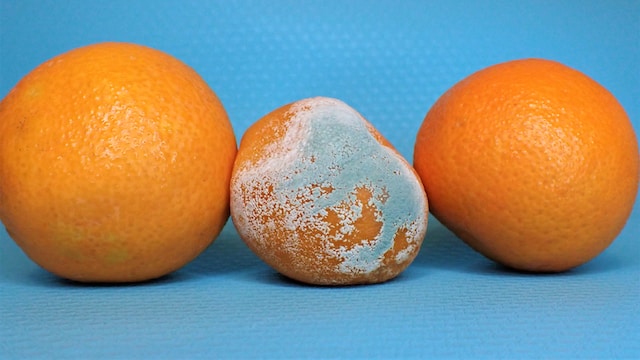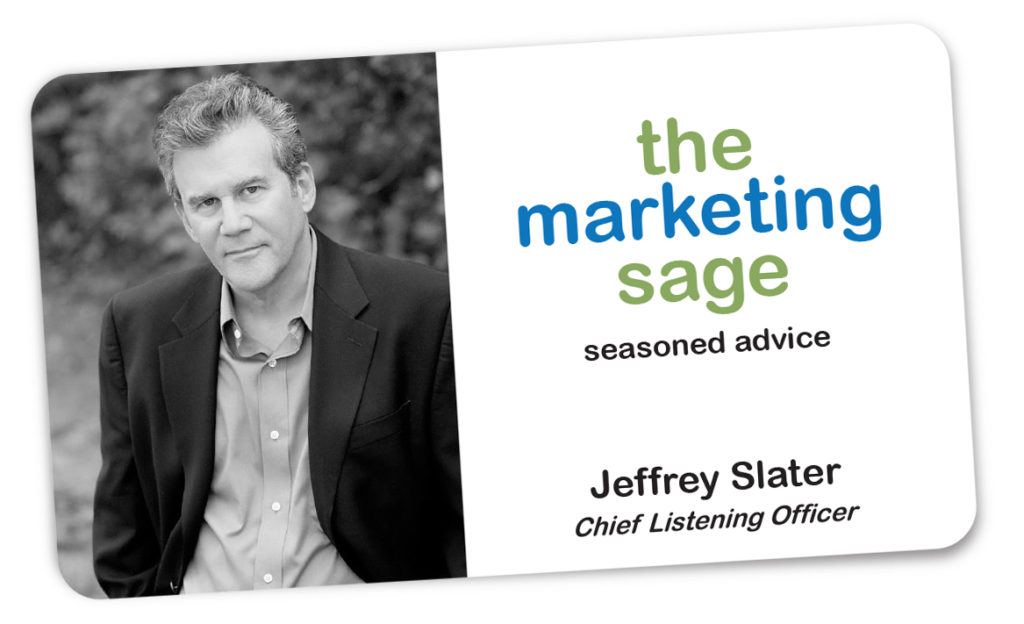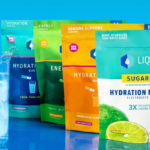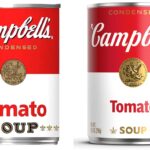What Every Company is Dying to Know About Product Life Cycle
Understanding the concept of the product lifecycle is crucial to ensure the success of any product. From seed to ripe and moldy fruit, products go through transitions like apples or oranges.
Product lifecycle refers to the stages a product goes through, from conception to eventual withdrawal from the market. In this post, I’ll discuss the different stages of the product lifecycle and give examples to help you better understand the concept and how to squeeze out a little extra juice.
The stages of the product lifecycle are as follows:
Introduction stage:
This is the first stage of the product lifecycle, where a new product is introduced into the market. The product is new and unknown to consumers during this stage, so it requires a lot of marketing and advertising to generate awareness and interest. The company also must invest heavily in research and development to ensure the product meets consumer needs and is of high quality.
But the most critical consideration, in my view, is that when you introduce the product, it needs to be clear what problem your product will solve. If you are the tenth product in a category, not positioned for a specific group or to solve a different problem – this phase will be disappointing.
An example of a product in the introduction stage is Apple’s first iPhone in 2007. When it was first introduced, the iPhone was a completely new and innovative product. Apple had to invest heavily in marketing and advertising to generate awareness and interest in the product. Because it had a great brand and a completely different approach (touch screen versus buttons), it got adopted quickly. Apple wasn’t the first smartphone – it had a disruptive, innovative new path in the category.
By the way, if you can’t articulate in a phrase or sentence what makes your new product different in this introductory stage, it is hard to get word-of-mouth sharing. It would help if you had a simple talk trigger to make clear your distinctive position.
Growth stage:
In the growth stage, sales of the product start to increase rapidly. This is because consumers are becoming more aware of the product, and the company is investing more in marketing and advertising to promote it. During this stage, the company may also introduce new product variations to appeal to different market segments.
An example of a product in the growth stage is the Tesla Model S.
When it was first introduced, the Model S was a new and innovative electric car, and it quickly gained popularity among consumers interested in electric vehicles. As a result, Tesla invested heavily in marketing and advertising to promote the Model S, and car sales increased rapidly. Word of mouth was also a powerful way that awareness spread, and Elon Musk’s carnival-like promotions, helped draw attention to this growing brand.
Maturity stage:
The maturity stage is when the product has reached its peak in terms of sales and market penetration. During this stage, sales growth starts to slow down, and the company may face competition from similar products. The company may also focus on cost-cutting and streamlining operations to maintain profitability.
An example of a product in the maturity stage is the Coca-Cola soft drink. Coca-Cola has been around for over 100 years, reaching a point where it has a loyal customer base and is well-known worldwide. However, sales growth has slowed, and Coca-Cola now faces competition from other soft drink brands in the market and a shift in consumer perception about sugary beverages. Coke and other cola brands have also started a big push to promote the absence of sugar in most of their products. They also keep refreshing their look and image (see Pepsi’s recent redesign). They want to stay contemporary as long as possible.
Decline stage:
The decline stage is when product sales decrease and the company may face losses or low profitability. This may be because the product has become outdated or because consumers are shifting to newer and more innovative products.
An example of a product in the decline stage is the BlackBerry smartphone.
When BlackBerry was first introduced, it was a famous smartphone brand, especially among business professionals. However, as newer and more innovative smartphones were introduced, BlackBerry’s sales started to decline, and the company eventually withdrew from the smartphone market. What used to be the leading brand shifted its business model.
Does BlackBerry still exist?
BlackBerry Limited is an international business serving thousands of enterprise customers. They provide software and services for cybersecurity, endpoint management, embedded systems, software-defined vehicles, critical event management, and secure communications. They pivoted away from phones.
An often-sited example of a failure to see the writing on the wall was when Kodak, who invented digital photography, could shift from their addiction to the yellow box filled with film. They missed the boat because they thought they were in the film business when they were in the memory business. Kodak could not restructure its business to adapt to the new digital world of photography.
Remember, every product goes through these stages, and it’s up to the company to adapt and innovate to stay ahead of the competition.
How can a brand be proactive in lengthening the market opportunity for a product? A brand needs to be proactive in its approach to extend its life and, often, pivot.
Here are some strategies that can be used:
Continuous improvement:
A brand can invest in continuous product improvement to keep it relevant and appealing to consumers. The brand can attract and retain new customers by improving the product’s features, design, quality, or packaging.
Diversification:
A brand can diversify its product line to target new markets and expand its customer base. By introducing new product variations, flavors, or packaging sizes, the brand can appeal to different customer segments and increase its market share.
Marketing campaigns:
A brand can use marketing campaigns to promote the product and increase brand awareness. The brand can reach a wider audience and generate interest in the product by using social media, influencer marketing, or other digital marketing channels.
Customer engagement:
A brand can engage with its customers to understand their needs and preferences. By gathering feedback, conducting surveys, or creating customer communities, the brand can build a loyal customer base and develop products that meet their needs.
Partnerships:
A brand can partner with other brands or companies to create joint marketing campaigns or co-branded products. By leveraging the strengths of other brands, the brand can reach new markets and increase its visibility.
International expansion:
A brand can expand its product line to new geographic markets. By adapting the product to local tastes and preferences, the brand can appeal to new customers and gain a competitive edge in international markets.
Here are four companies that have proven to be proactive about managing product life cycles and some lessons we can take away from each of their strategies.
Apple Inc.:
Apple is known for its effective product life cycle strategies. One key lesson we can learn from Apple is the importance of timely product updates. Apple regularly updates its products with new features, design improvements, and better hardware. They also do a great job of phasing out older products and replacing them with new ones. This strategy helps them stay ahead of the competition and satisfy their customers.
Another lesson we can learn from Apple is the importance of innovation. Apple is known for introducing new and innovative products that create new markets and redefine existing ones. Their consistently introducing new and innovative products helps them stay ahead of their competitors and maintain market leadership.
Amazon:
Amazon is a company that has been proactive in managing product life cycles in the online retail space. One key lesson from Amazon is the importance of customer feedback. Amazon regularly solicits customer feedback to improve its products and services. This helps them to stay ahead of their competitors and maintain customer satisfaction.
Another lesson we can learn from Amazon is the importance of diversification. Amazon has diversified its product and service offerings over the years, which has helped them to stay ahead of its competitors and maintain its market leadership. Instead of being the world’s largest bookstore – it became the world’s largest store.
Their diversification strategy has also helped them mitigate the risks associated with a single product or service line.
Nike:
Nike is a company that has been proactive in managing product lifecycles in the athletic apparel and footwear industry. One key lesson we can learn from Nike is the importance of innovation. Nike is known for introducing new and innovative products that meet its customers’ changing needs and preferences. Their strategy of introducing new and innovative products helps them stay ahead of the competition and maintain their market leadership.
Another lesson we can learn from Nike is the importance of sustainability. Nike has implemented sustainable practices across its supply chain and product lifecycle, from materials sourcing to manufacturing to end-of-life management. This has helped them reduce their environmental footprint, increase efficiency, and enhance their brand reputation.
Procter & Gamble:
Procter & Gamble is a company that has been proactive in managing product lifecycles in the consumer goods industry. One key lesson we can learn from Procter & Gamble is the importance of product diversification. Procter & Gamble’s diverse product portfolio spans multiple categories, from household cleaning to personal care products. This diversification has helped them mitigate the risks associated with a single product or service line and maintain market leadership.
Another lesson from Procter & Gamble is the importance of customer-centric product design. Procter & Gamble conducts extensive market research and customer feedback to understand customer needs and preferences. This helps them to design products that meet customer needs and preferences, enhancing customer satisfaction and loyalty.
Every product goes through these four life cycles. Extending and extracting the maximum value is a core function of a product manager in collaboration with her colleagues in marketing, R&D, operations, and finance.
How long will your product live?
You can set up a time to chat with me about your marketing challenges using my calendar. Email me jeffslater@themarketingsage.com Call me. 919 720 0995. The conversation is free, and we can explore if working together makes sense. Watch a short video about working with me.
Photo by Nancy Hughes on Unsplash





